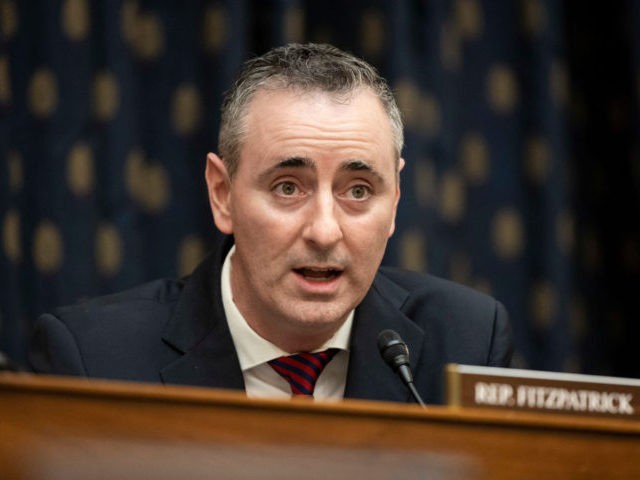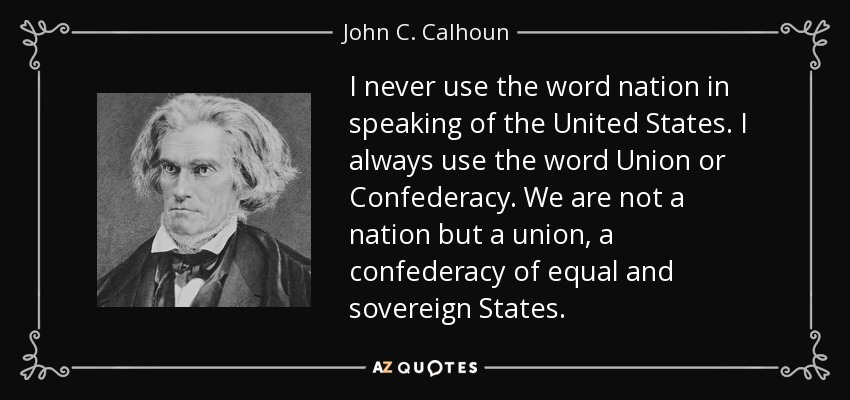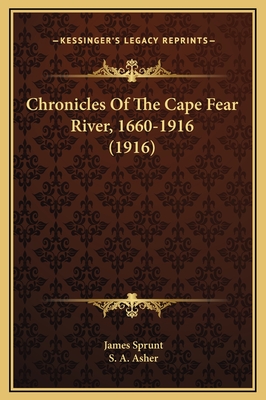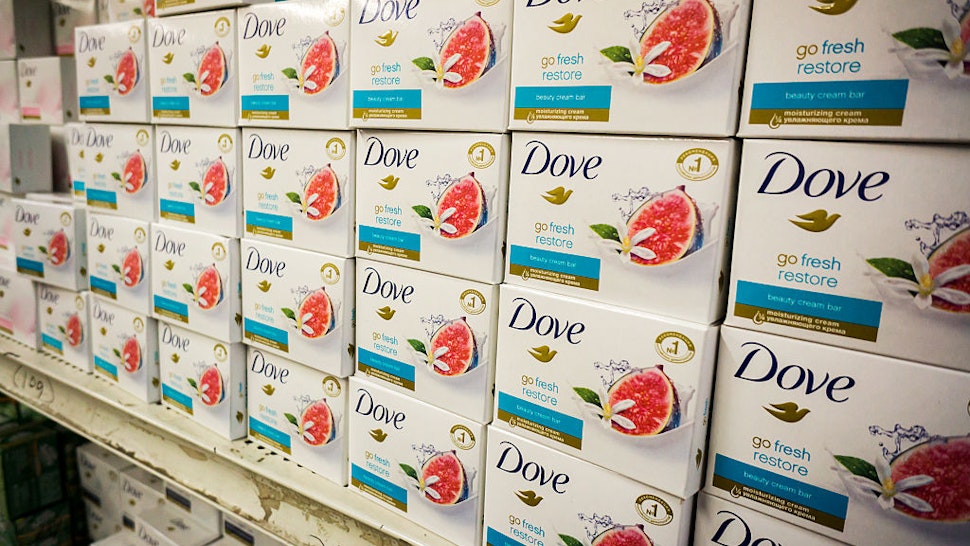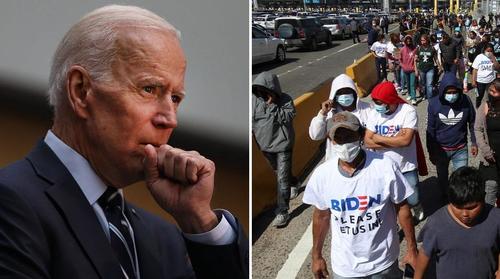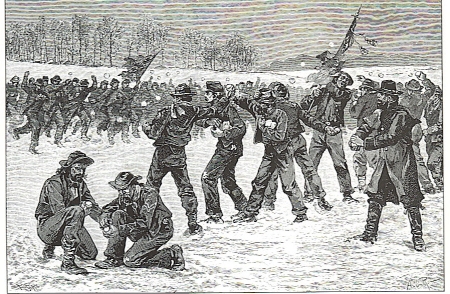
The 53rd NC & The Great Snowball Fight
My great grandfather and great uncle were in the 53rd.
The Great Snowball Battle of Rappahannock Academy, February 25, 1863
Two back-to-back snowstorms in February of 1863 provided the ammunition for a friendly snowball battle amongst rival divisions of Confederate troops near Fredericksburg, Virginia. On February 19, eight inches of snow fell on the region. Two days later, nine inches of snow fell. On February 25, sunny skies and mild temperatures softened the deep snow cover, providing ideal conditions for making snowballs.
During this time, the Confederate Army was camped near Fredericksburg. Some of the Divisions of the army had been reorganized, which had created friendly rivalries between the Confederate brigades and regiments. This helped spark a huge snowball battle near Rappahannock Academy in which approximately 10,000 Confederate soldiers participated. One soldier who participated in the snowball battle described it as one of the most memorable combats of the war.”
The battle started on the morning of February 25, 1863, when General Hoke’s North Carolina soldiers marched towards Colonel Stiles’ camp of Georgians, with the intent of capturing the camp using only snowballs. The attacking force, composed of infantry, cavalry and skirmishers, moved in swiftly. Battle lines formed and the fight began with “severe pelting” of snowballs. Reinforcements arrived from all sides to assist the brigade under attack. Even the employees of the commissary joined the snowball battle. Soon, the attacking soldiers were pushed back.
Hoke’s beaten soldiers retreated back to their camp. Colonel Stiles then held a Council of War on how best to attack the retreating force. He decided to organize his men and march directly into their camp, with snowballs in hand. When Stile’s forces finally arrived in Hoke’s camp, they were quite surprised to find that their adversaries had rallied and filled their haversacks to the top with snowballs. This allowed Hoke’s soldiers to provide an endless barrage of snowballs “without the need to reload.” The attacking force was quickly overwhelmed and many of their soldiers were captured and “whitewashed” with snow. The snowball battle came to an end and both brigades settled back into their respective camps. The captured prisoners were quickly paroled and returned to their camp, to much heckling from fellow soldiers. It was noted that General Stonewall Jackson had witnessed the snowball battle. One soldier remarked that he had wished Jackson and staff had joined the fight so he could have thrown a snowball at “the old faded uniforms.”
The weather turned mild and rainy in the following days. Other snowball battles were documented during the Civil War – including a snowball fight at Dalton, Georgia – but The Snowball Battle of Rappahannock Academy was unique in size, strategy and ample snow cover. The depth of the snow cover on the day of the battle was documented in a soldier’s diary to be 12 inches.

H. McInnis of Lakeland, Fla. in 1895 wrote: "Allow me to say something
about that grand snowball battle we had at Dalton, Georgia. In the early
morning there was light skirmishing between our Brigade (Findley's) and
Tyler's Brigade across the road. We saw that Tyler's men were going to
charge us so we went to work and soon had breastworks built out of snow
and in a short while the warning was given: 'Look out, boys, they are
coming!' Then that blood chilling, on one side, and soul-cheering Rebel
Yell was raised, and such a scene was hardly ever witnessed before.
Tyler's men had the best of it and took possession of our quarters. Then
we concentrated both brigades and charged and captured Gen. Walker's
Brigade over another hill, and so on all day. Long live the Veteran!"





